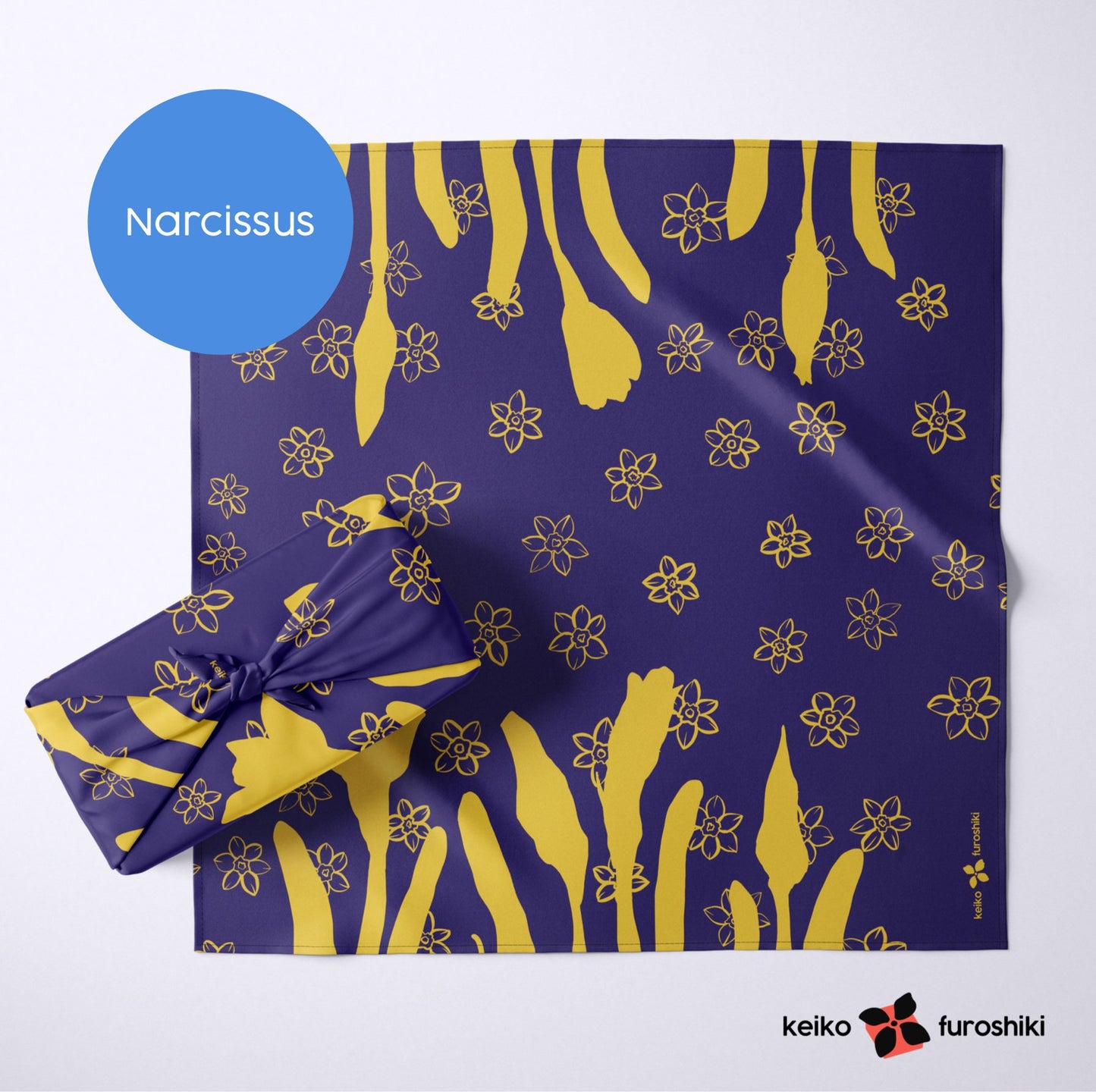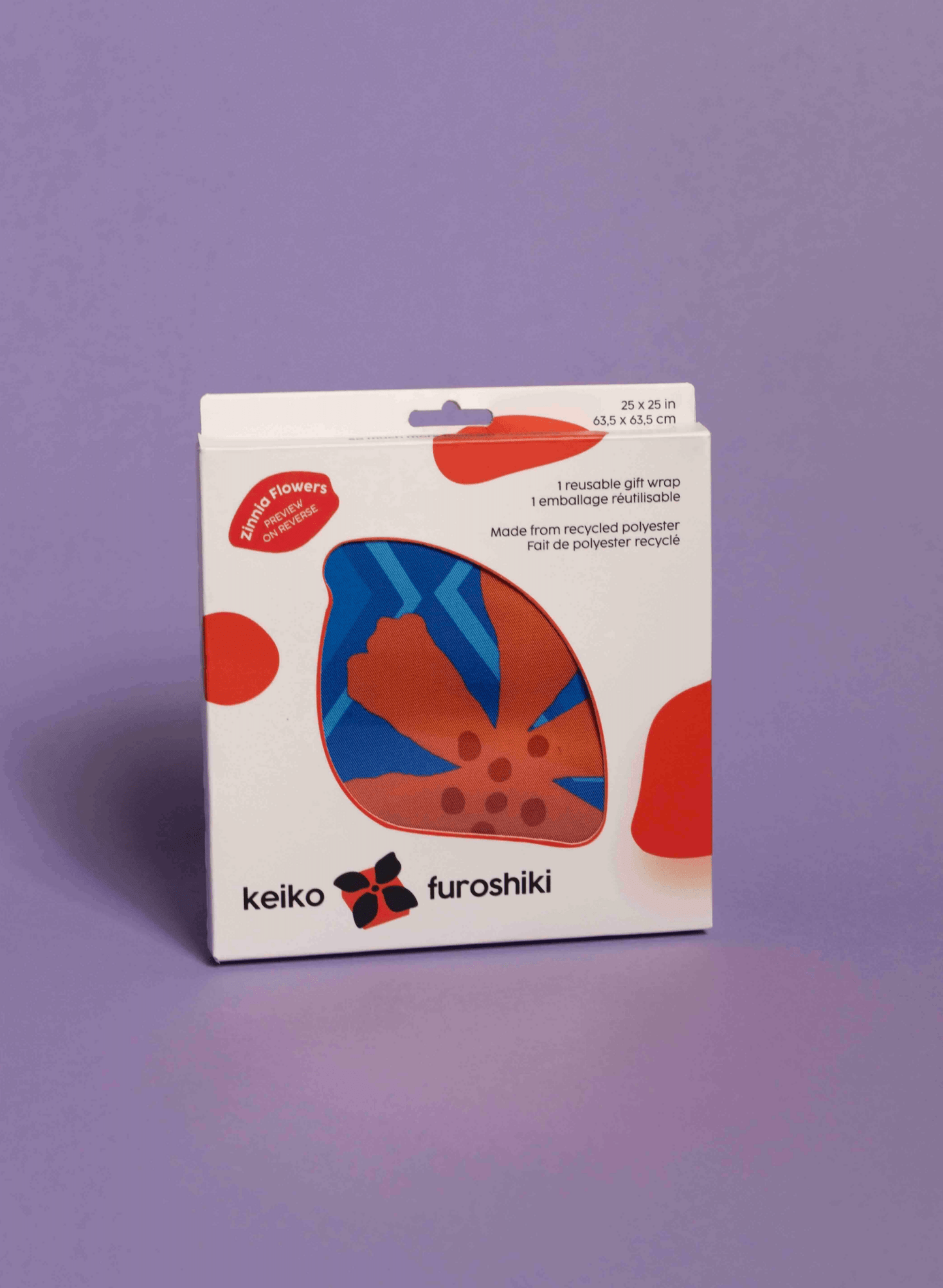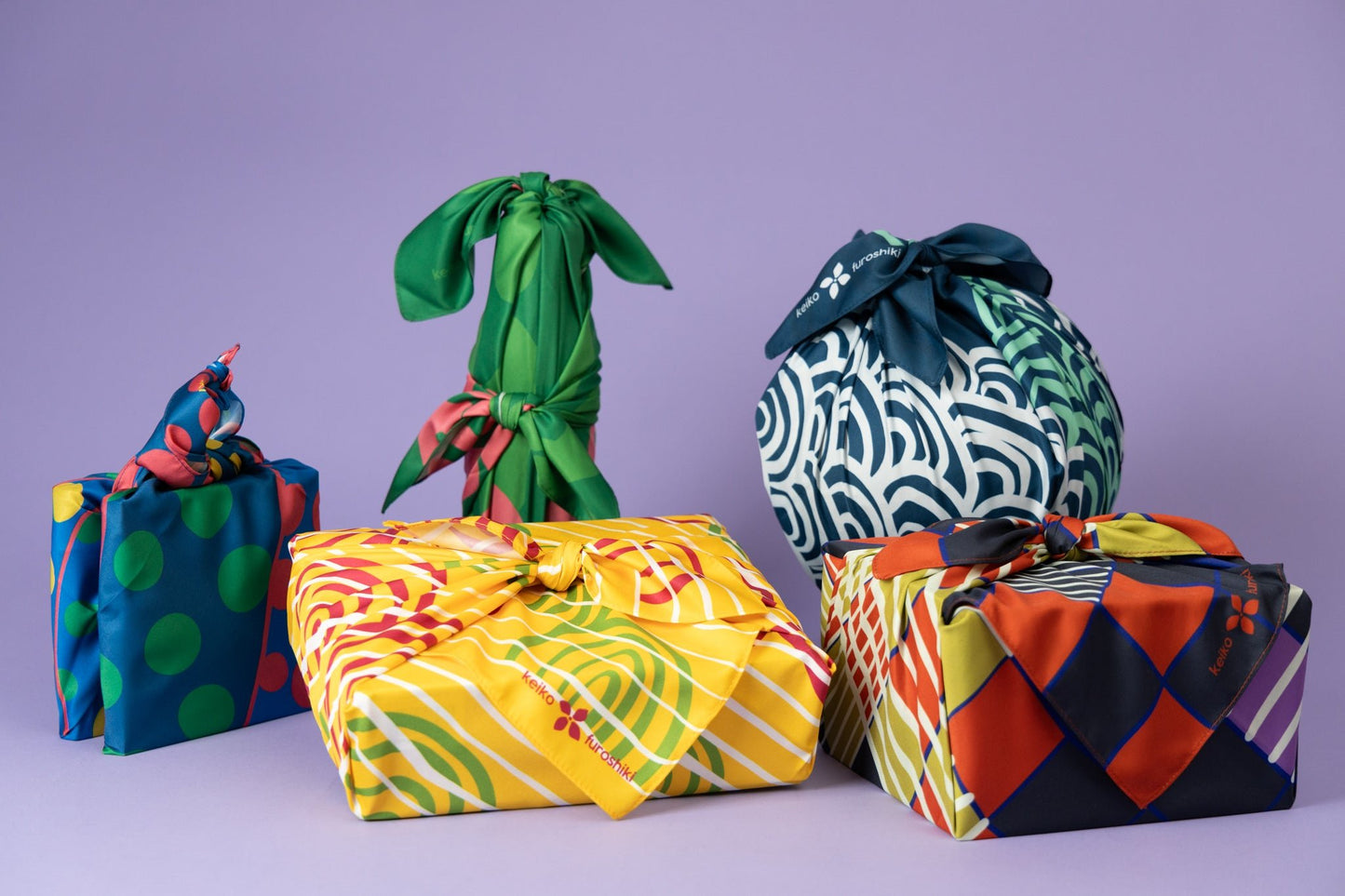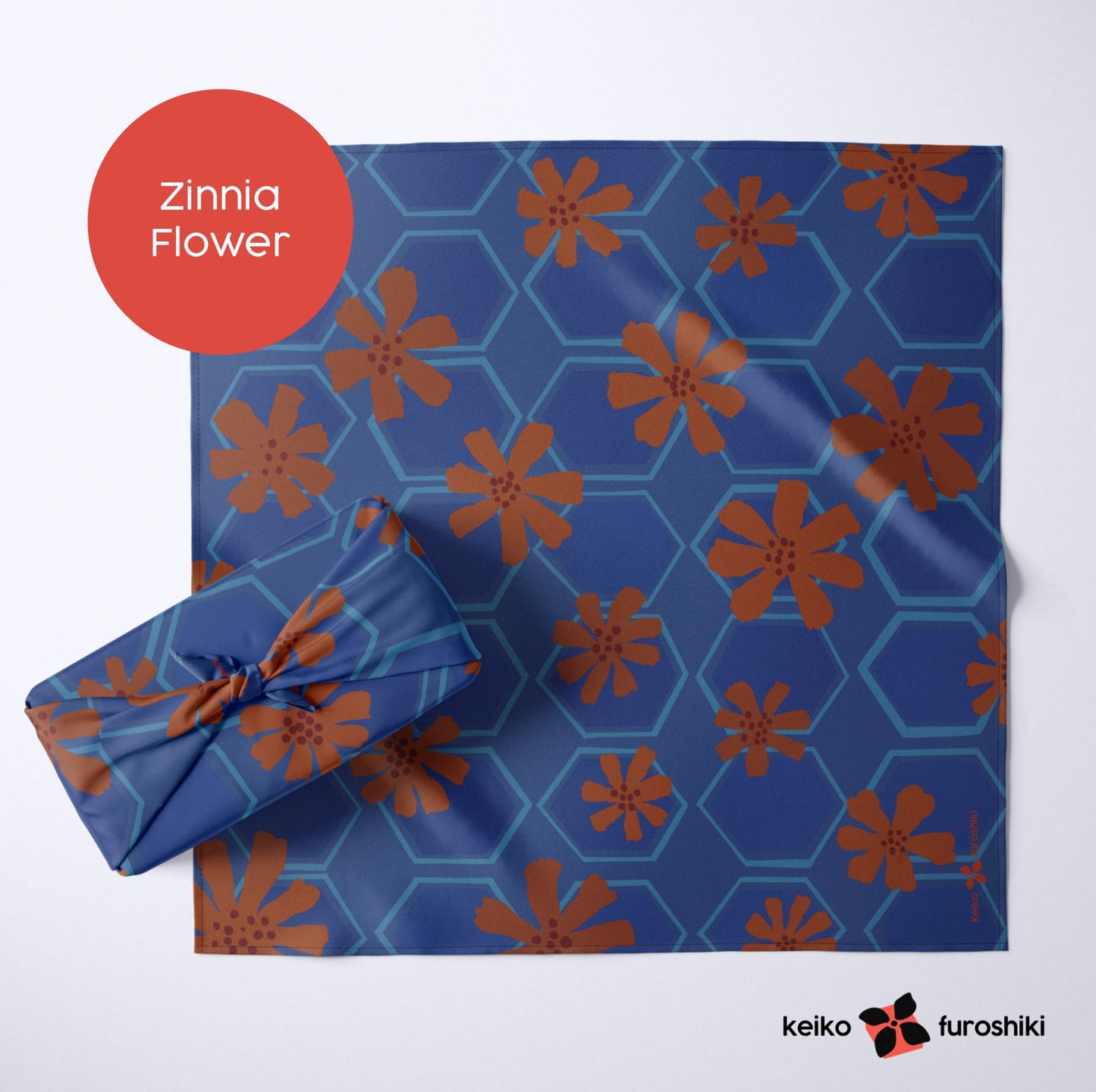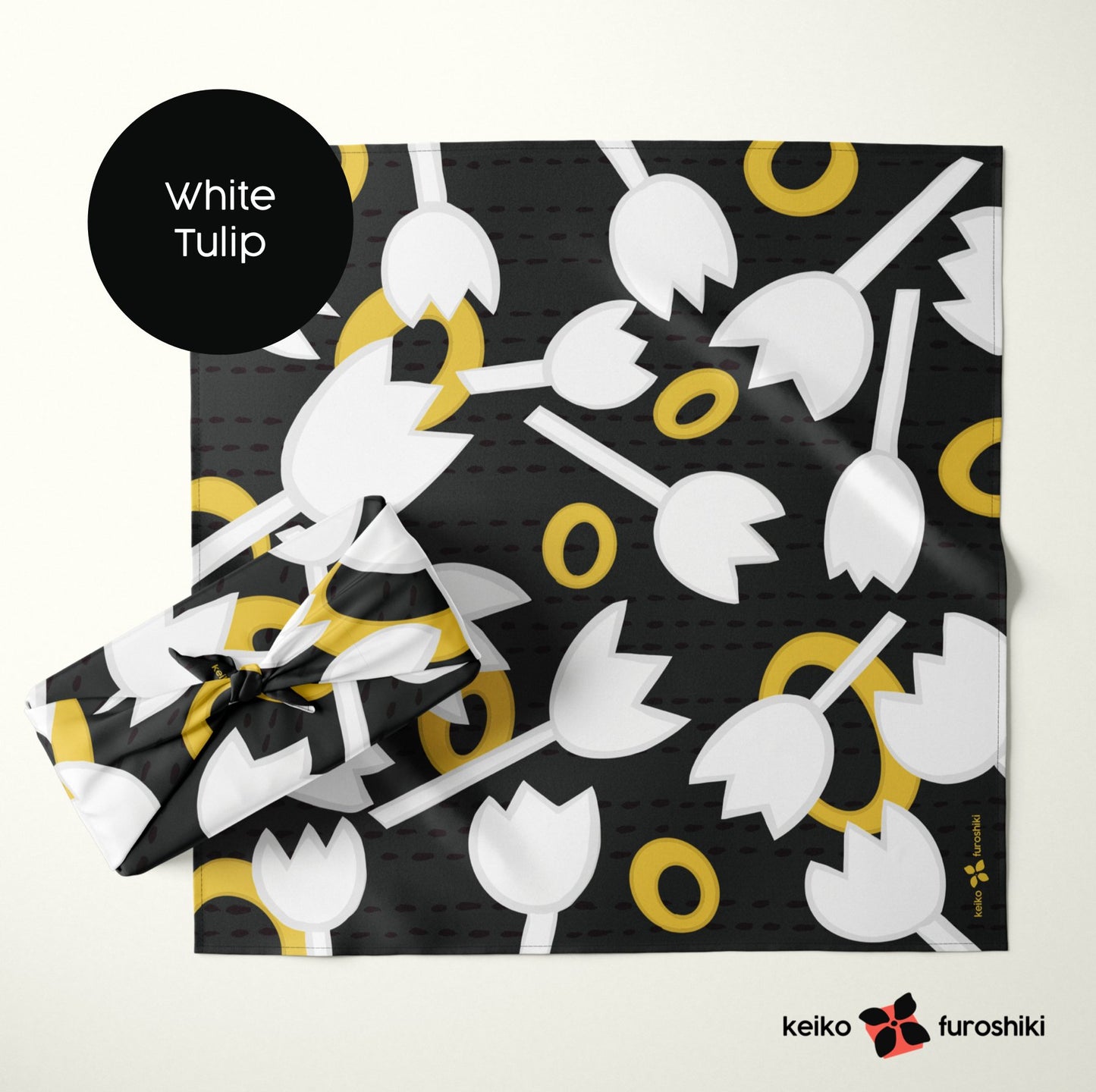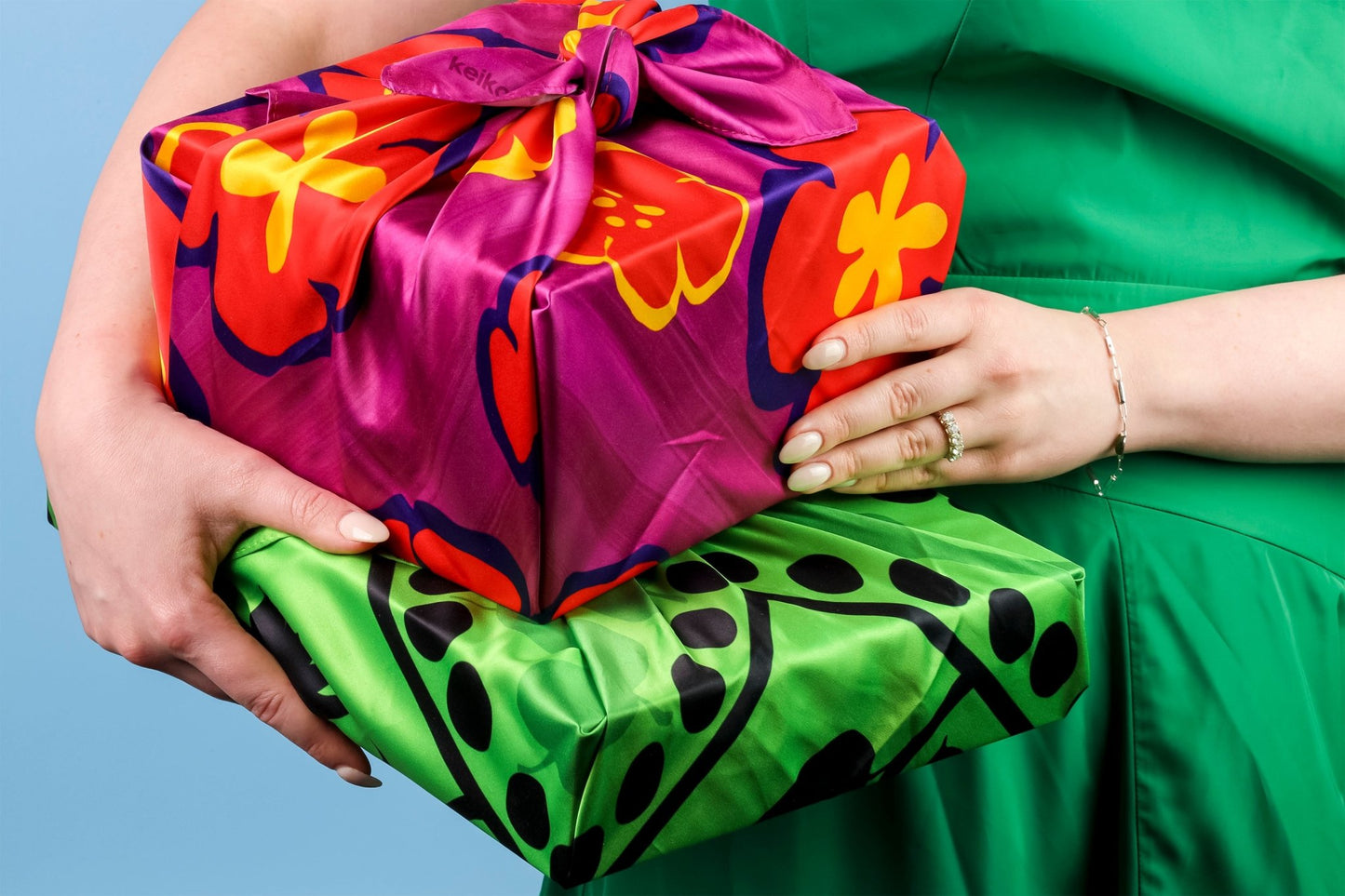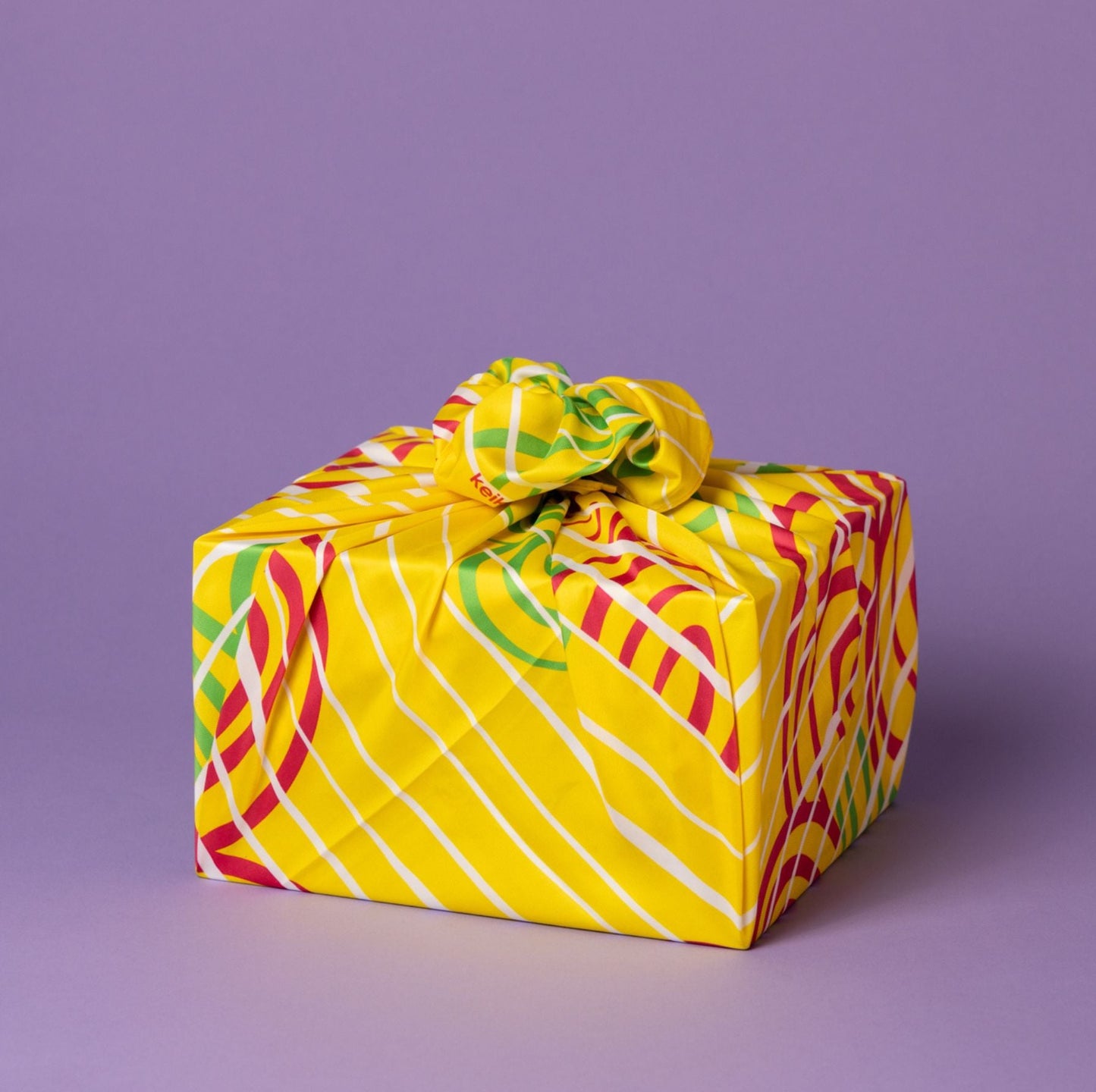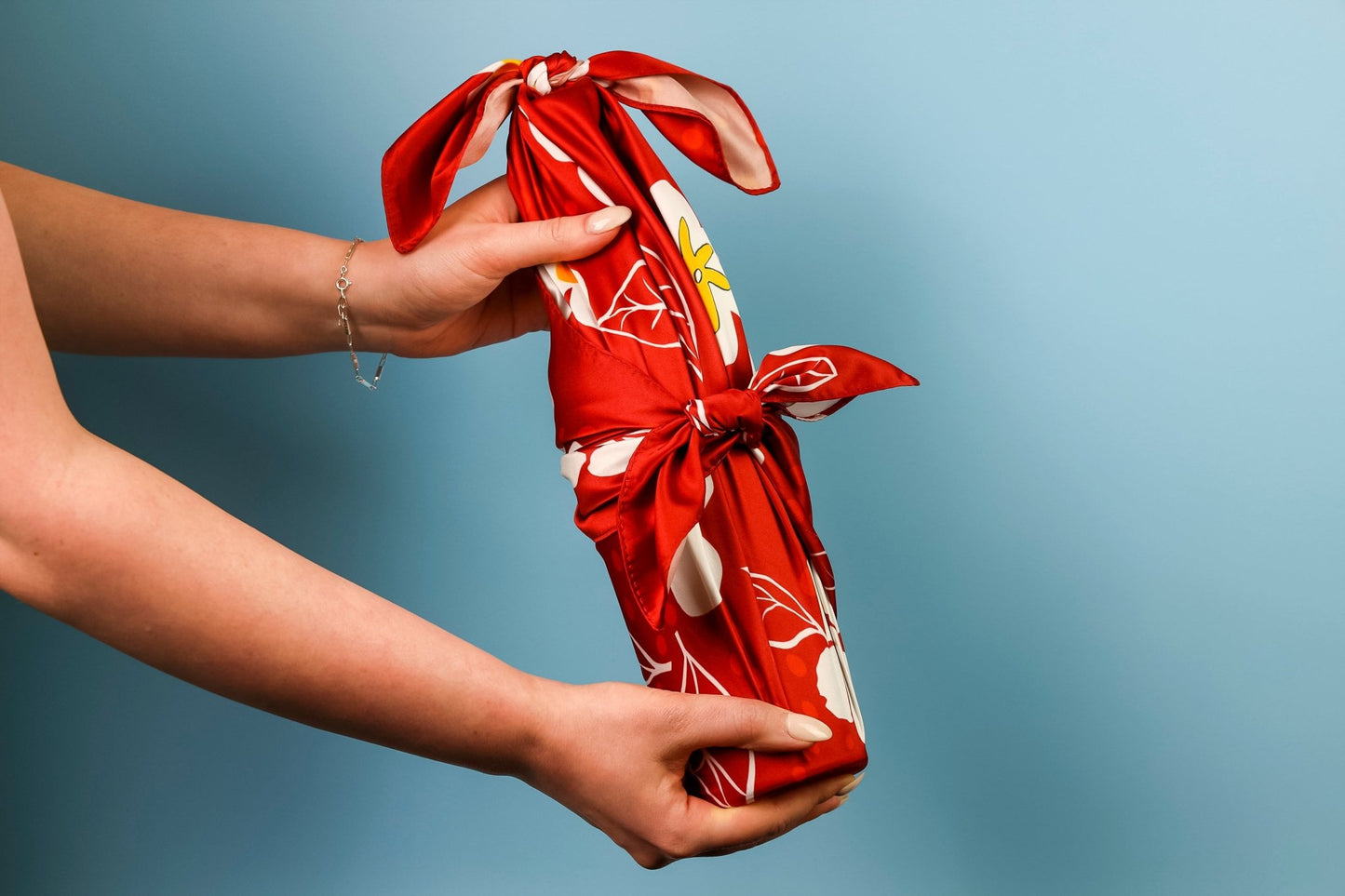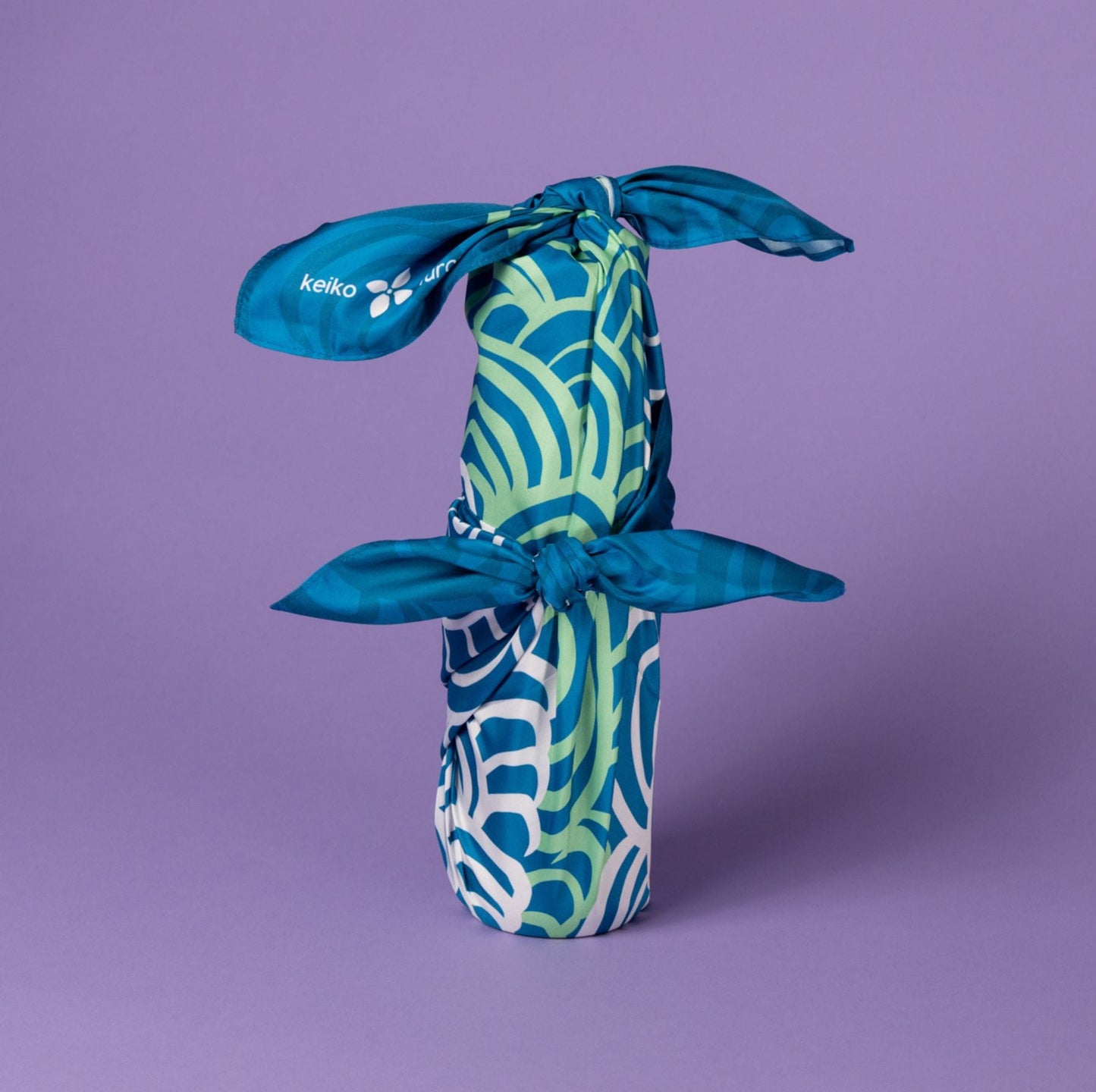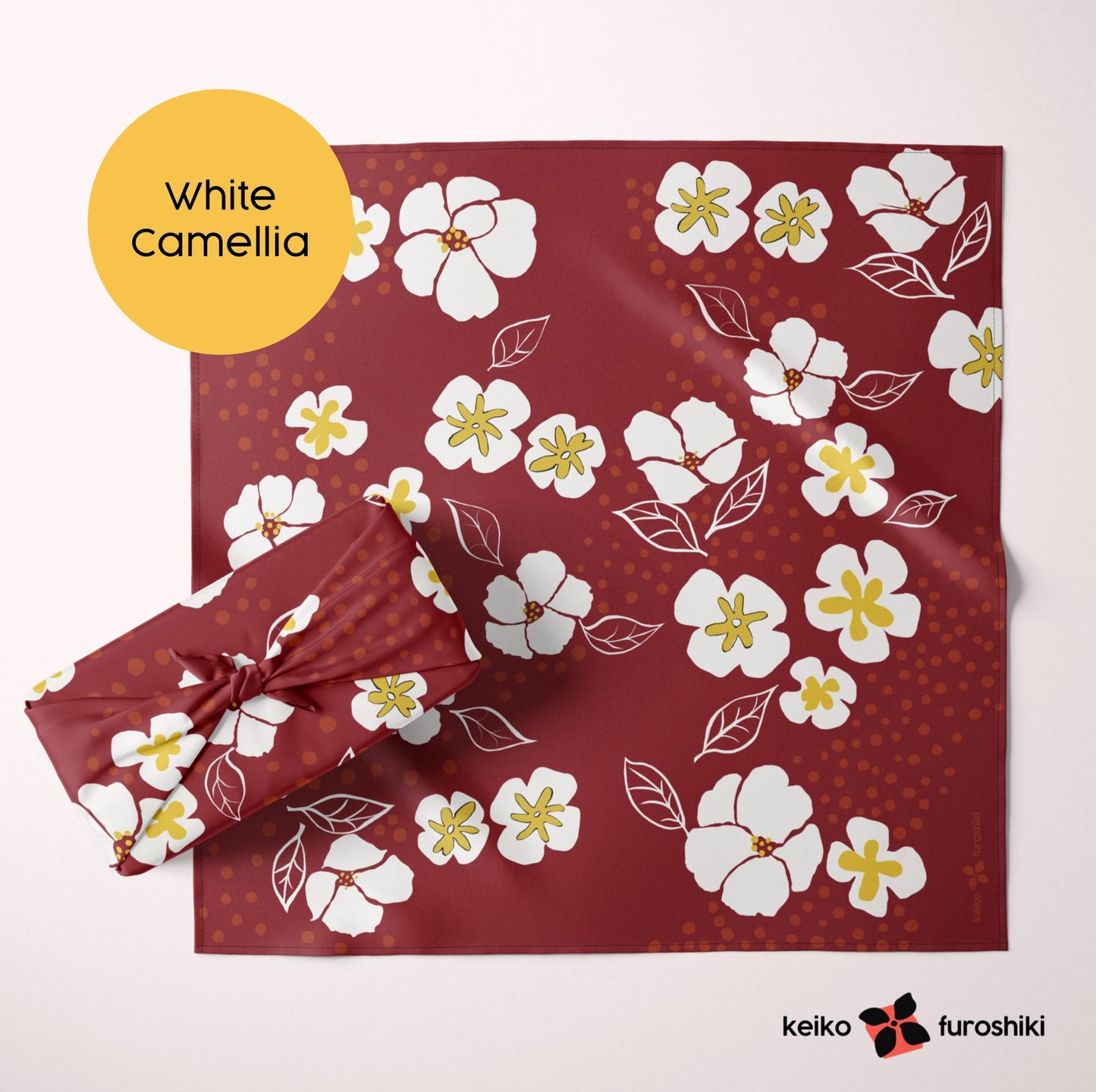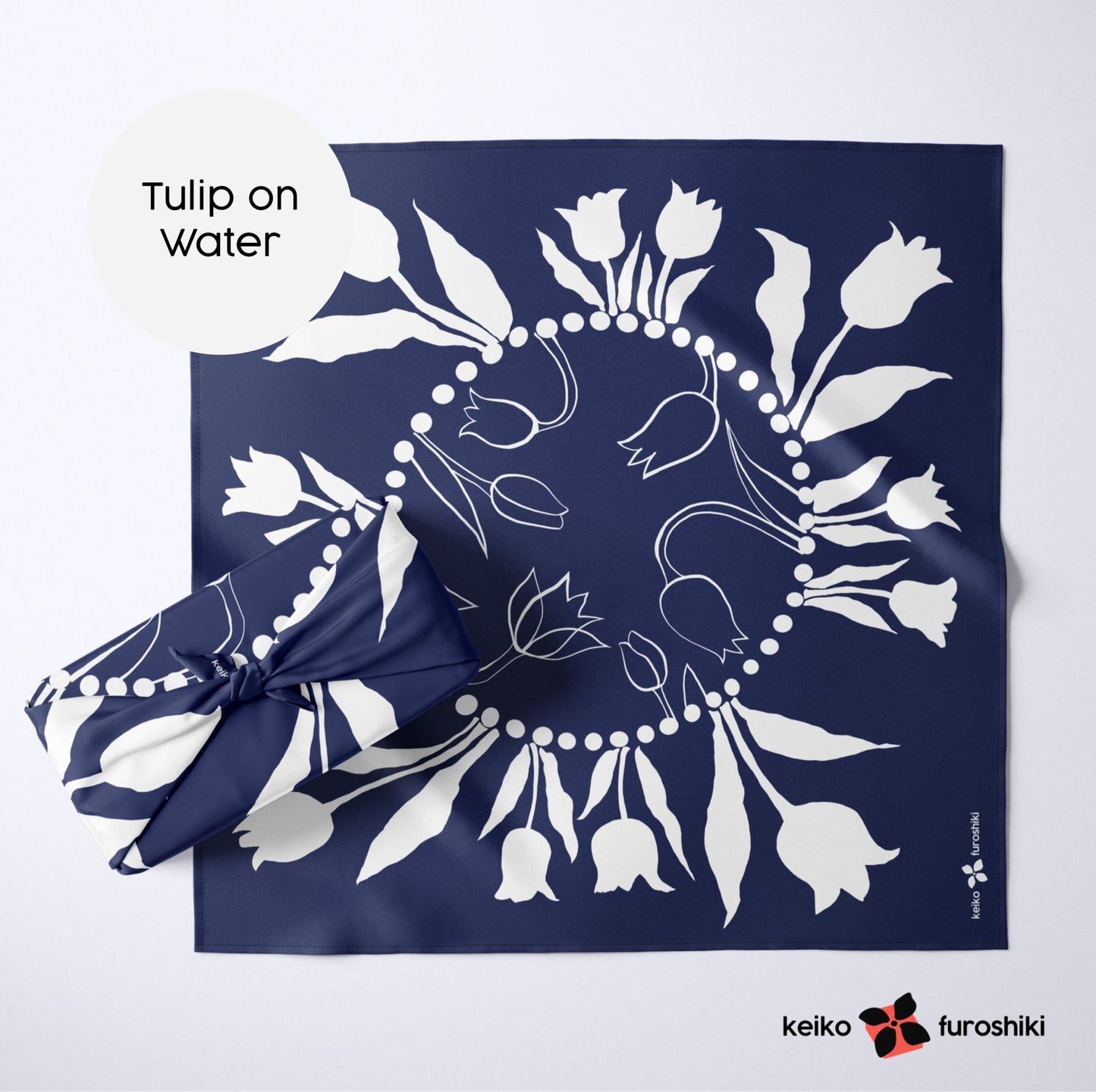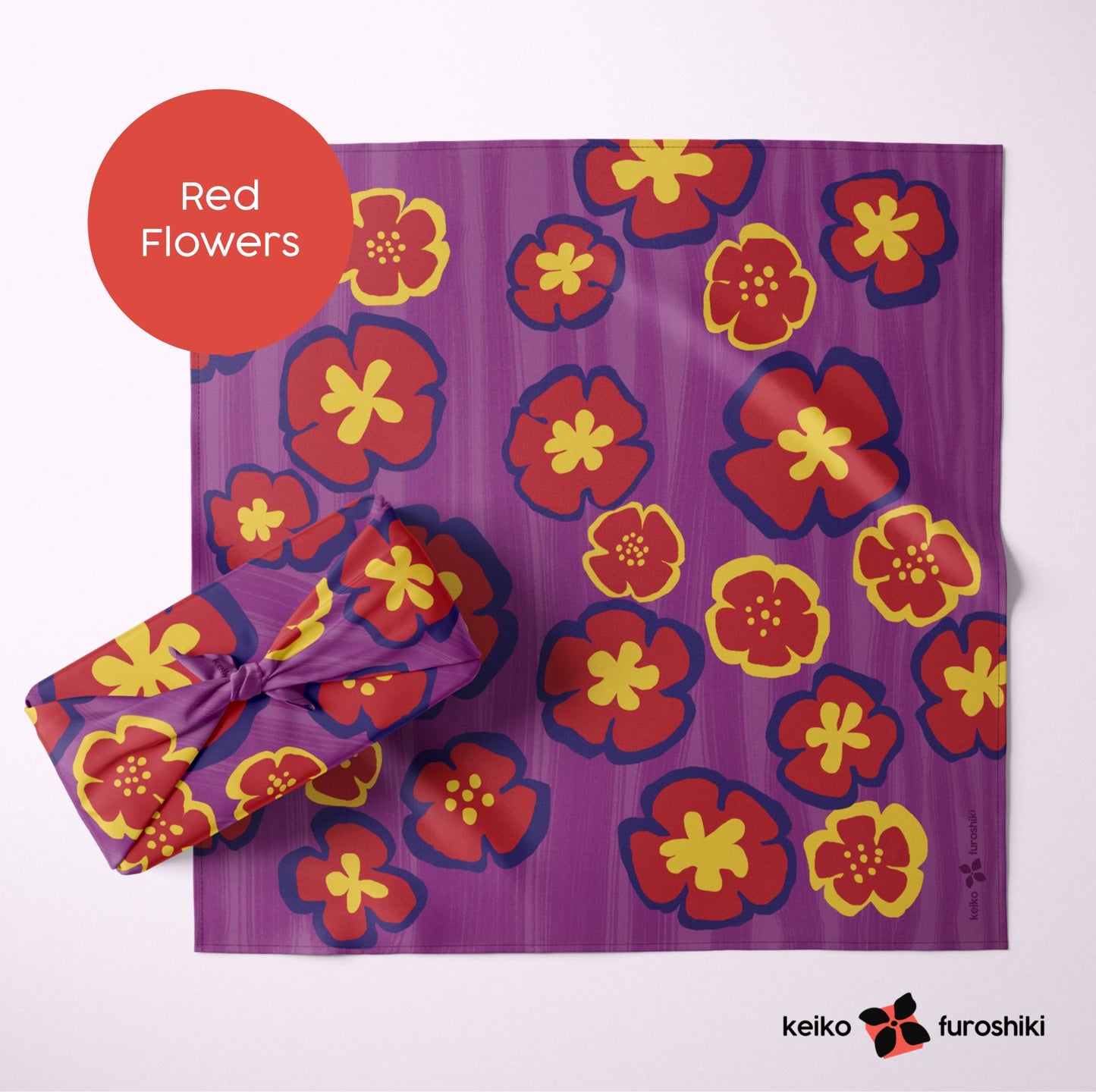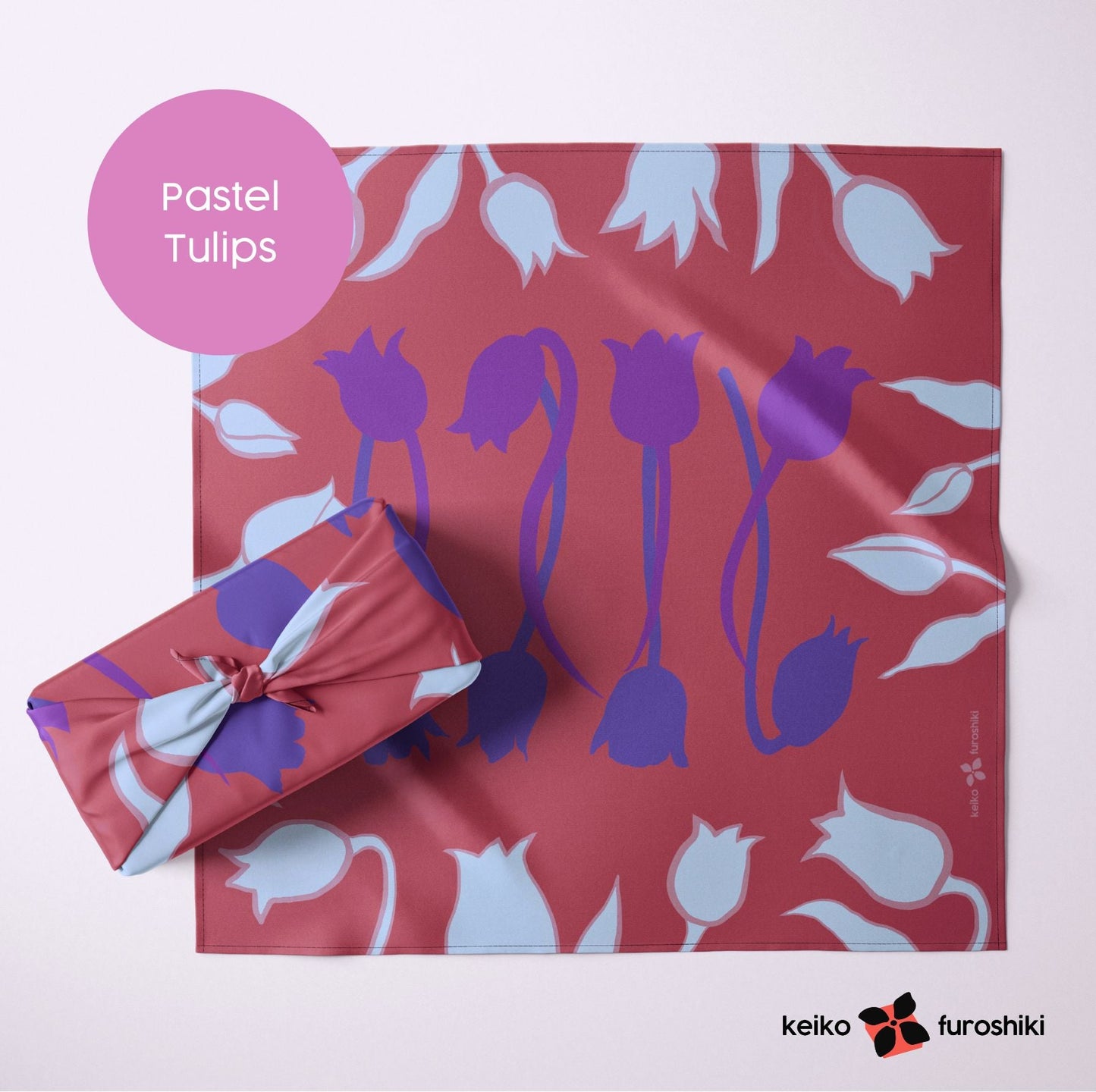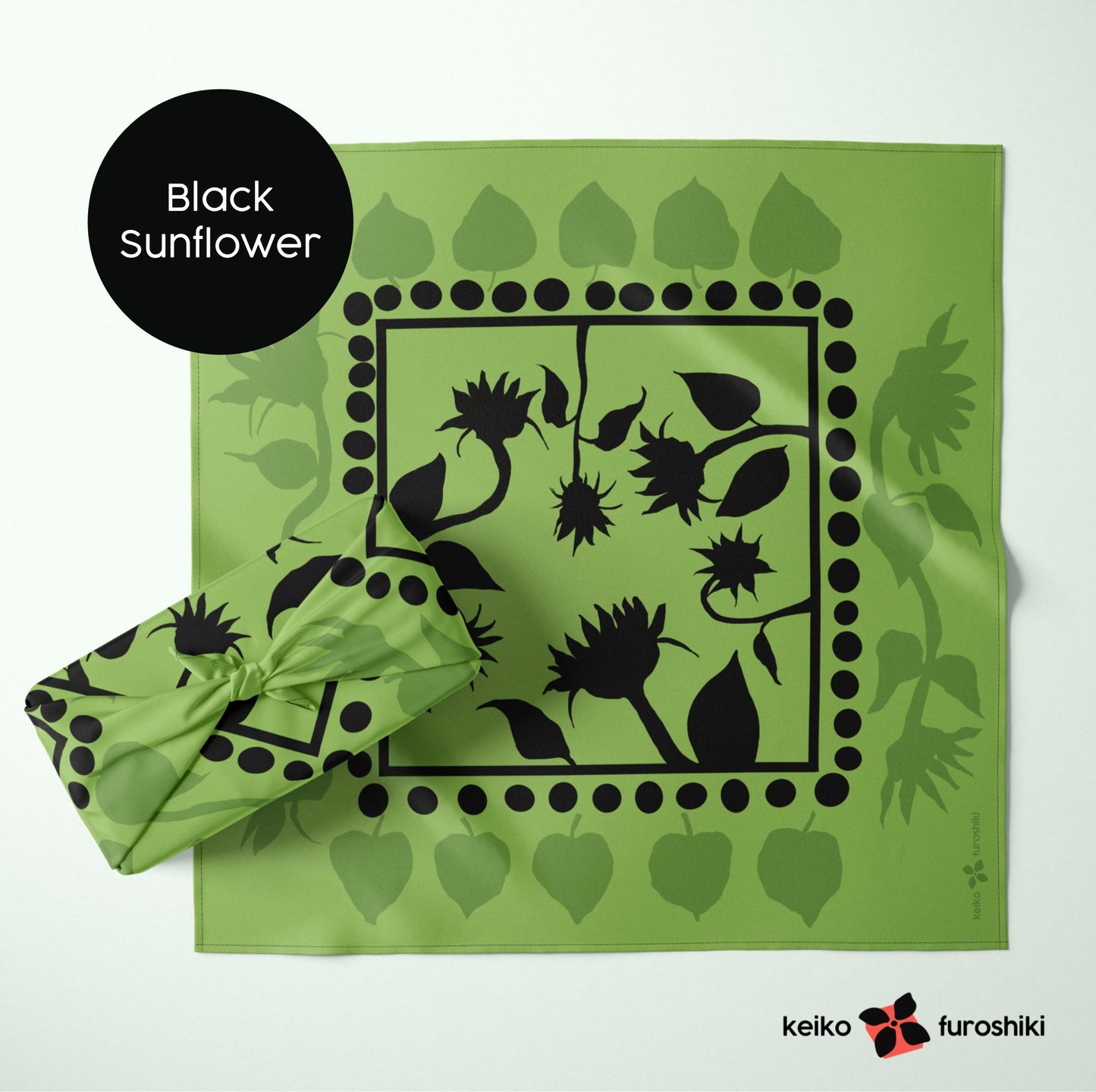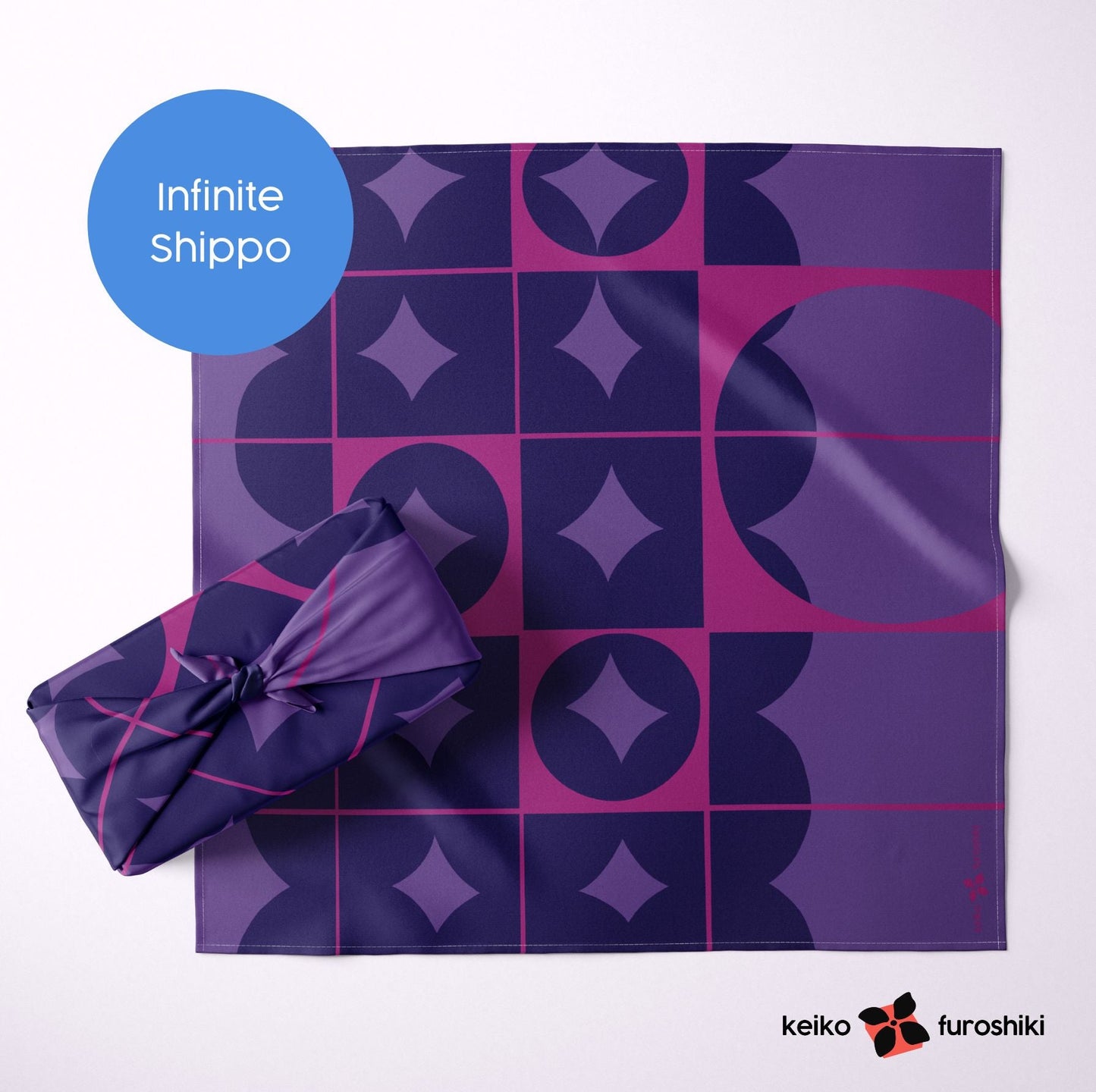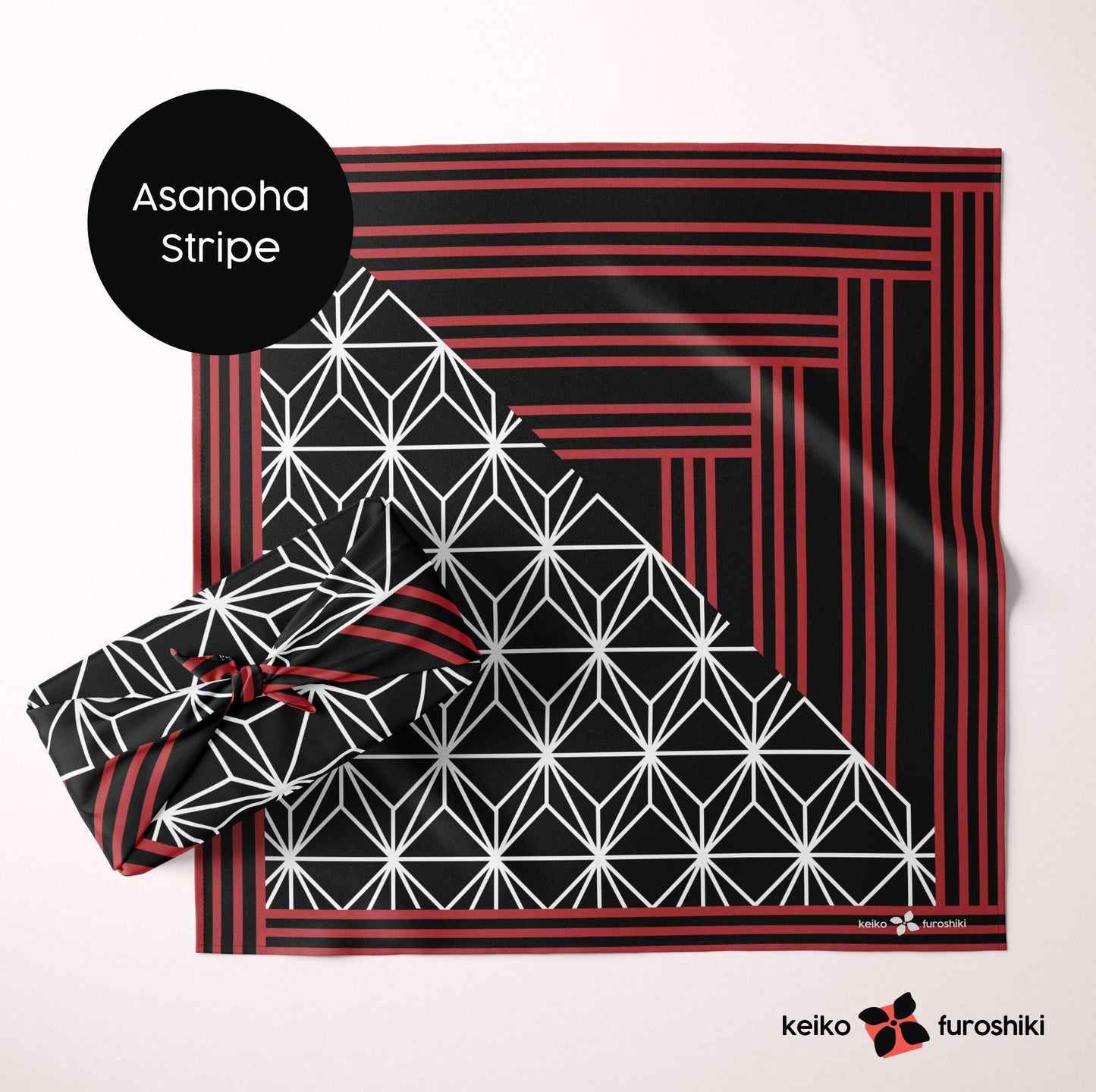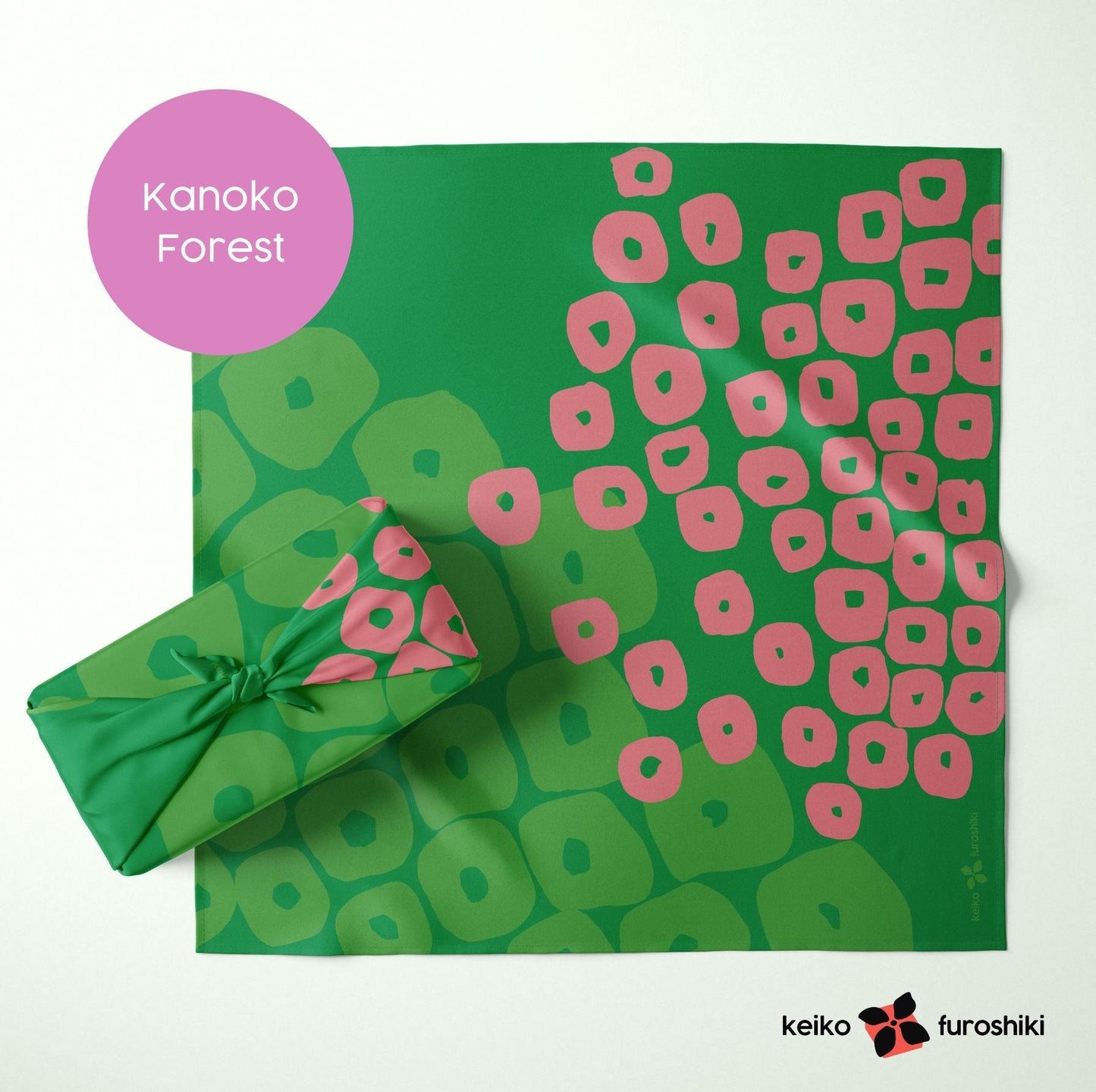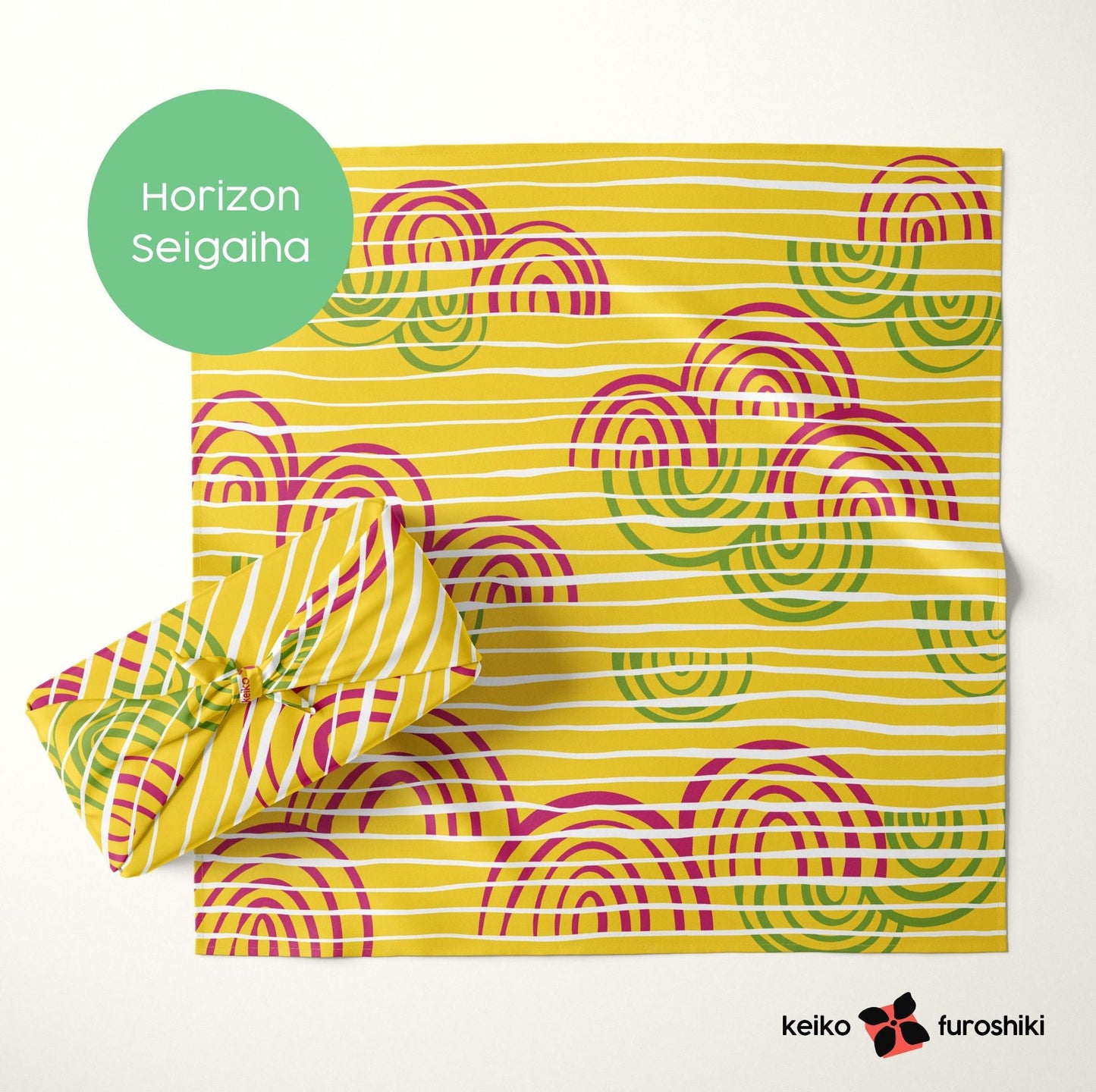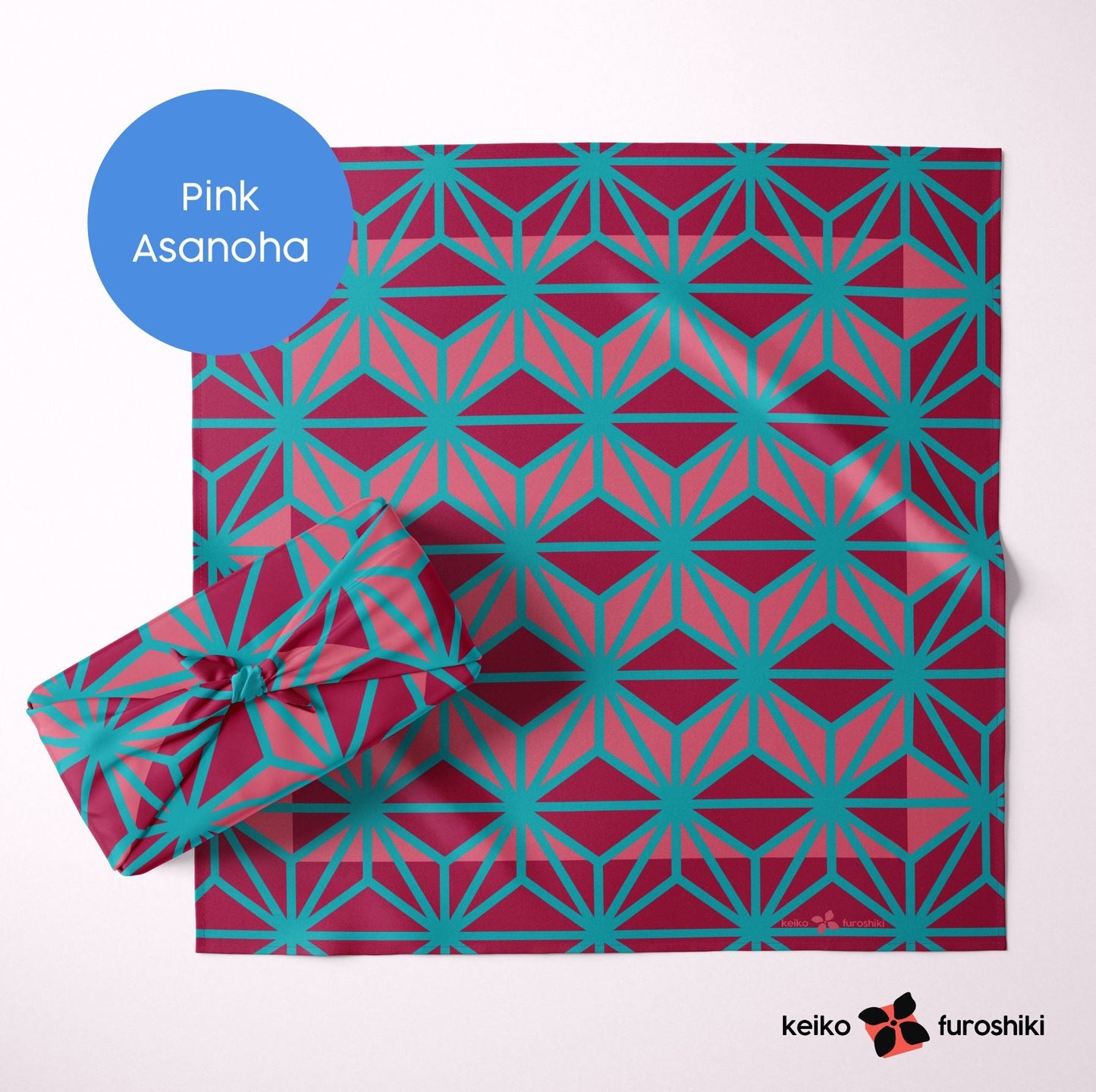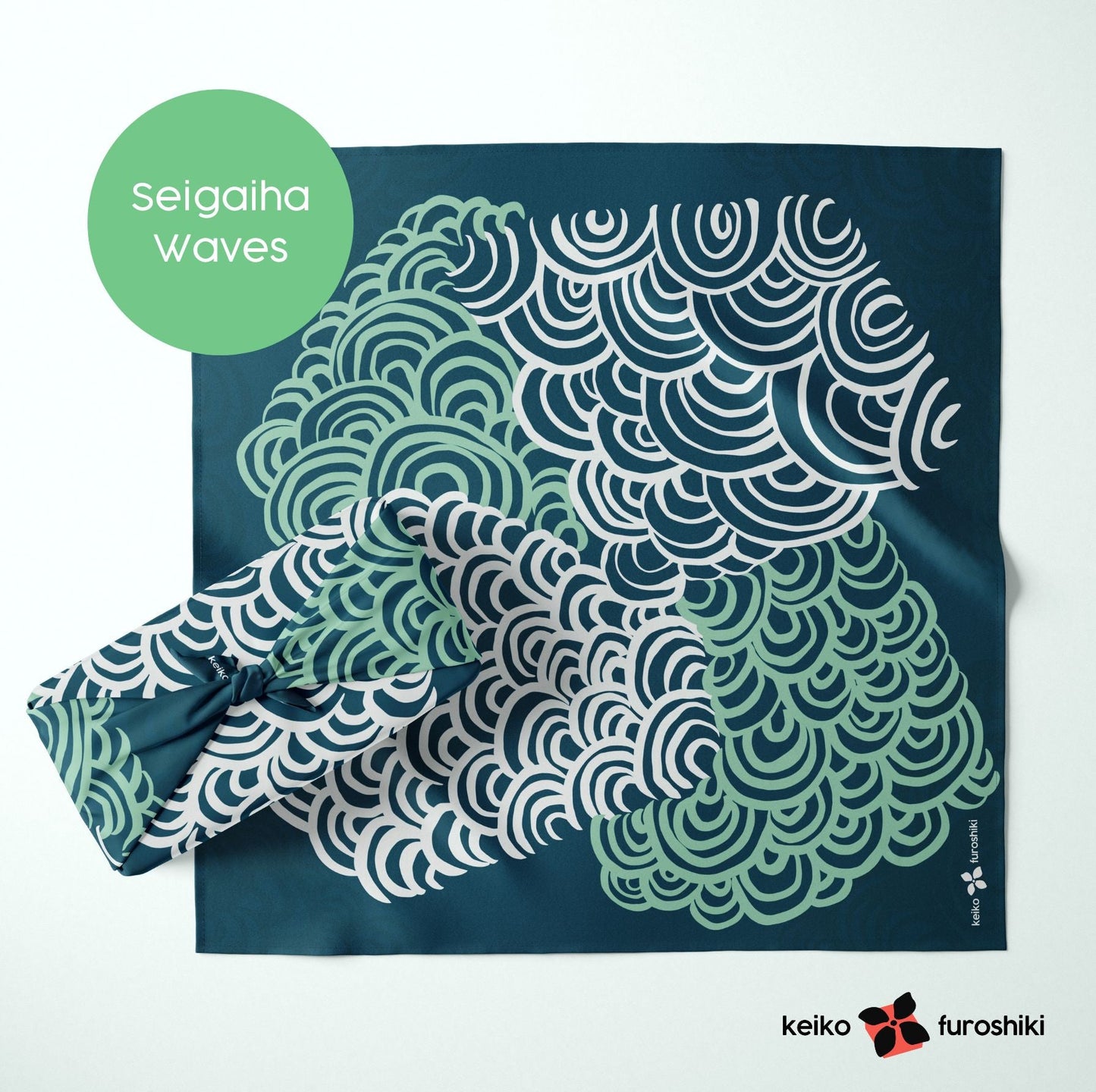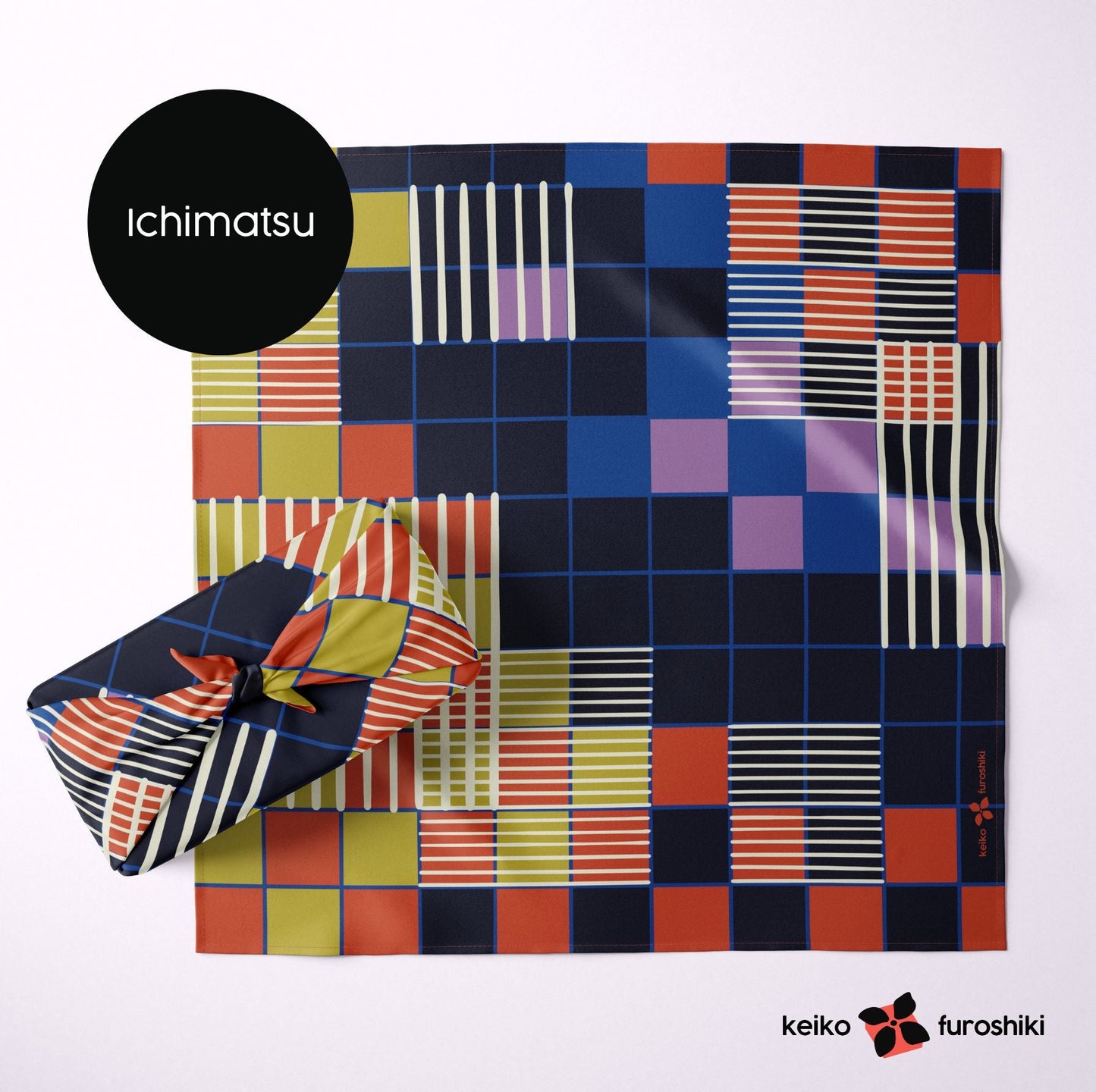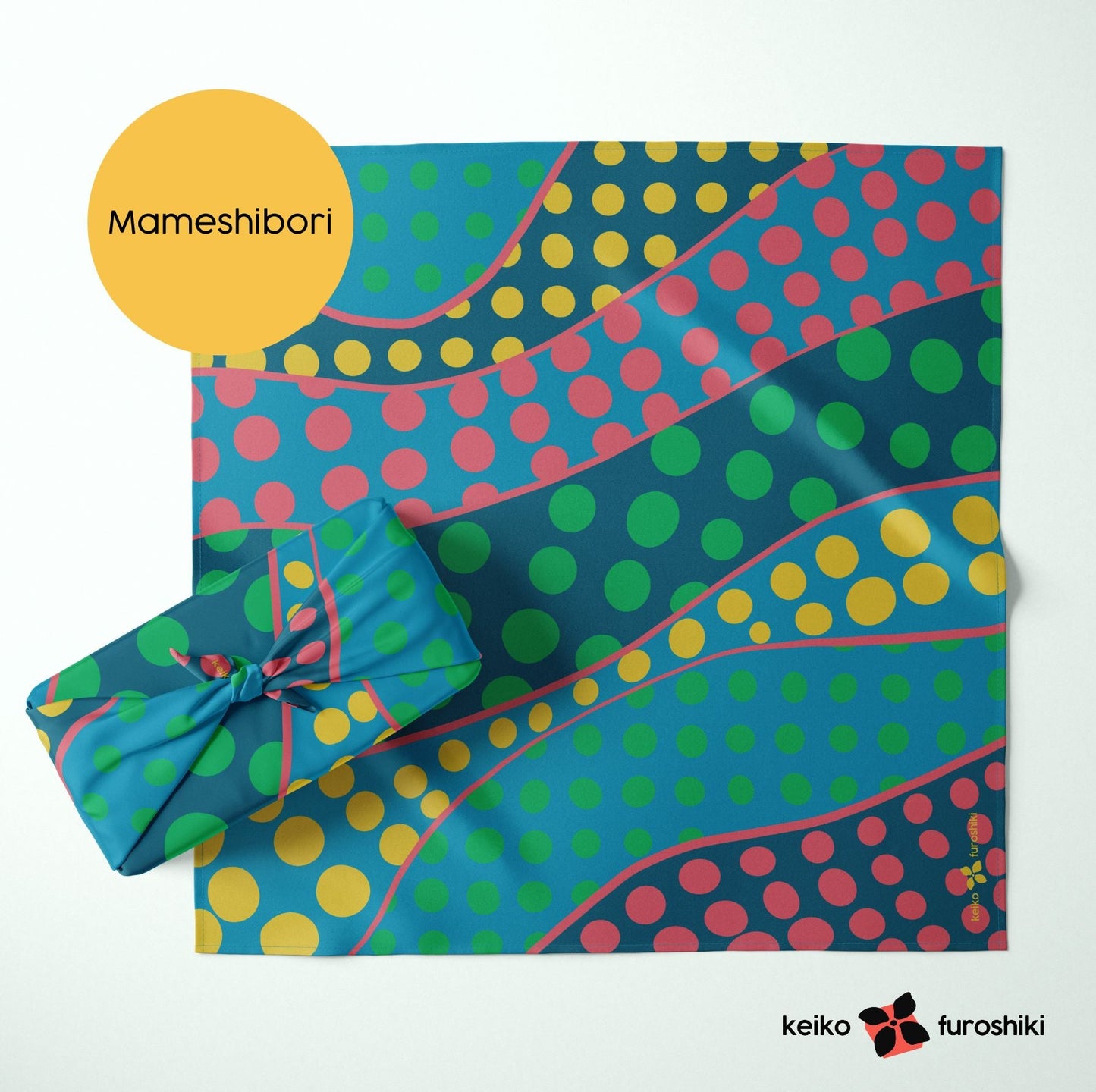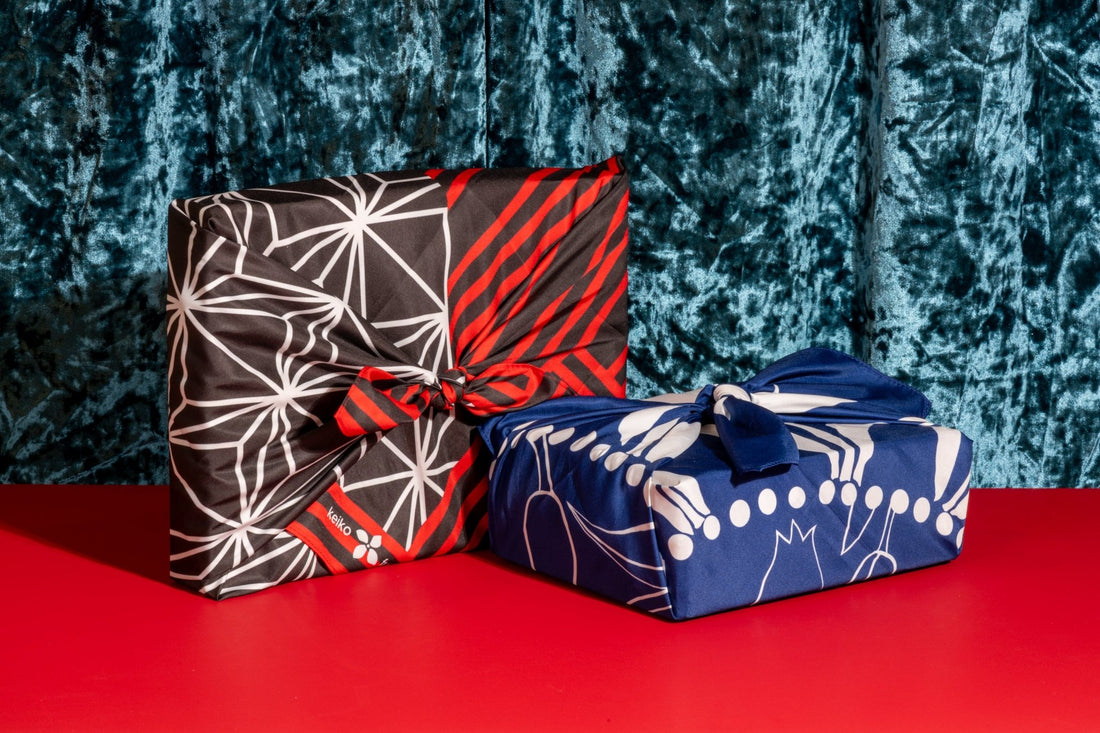
Furoshiki vs. Christmas Wrapping Paper
As the holiday bells jingle closer, the age-old debate of traditional Christmas wrapping paper versus the eco-conscious trend of furoshiki takes center stage. While both options adorn gifts with festive cheer, there’s a growing awareness of the environmental impact they leave behind. Let’s unwrap the tale of Christmas wrapping paper versus furoshiki through the lens of sustainability.

The Tradition of Christmas Wrapping Paper
For decades, Christmas wrapping paper has been the quintessential choice for gift adornment. Its colorful patterns, glittery textures, and the satisfying crinkle under eager hands have been synonymous with the joy of giving. However, hidden beneath the beauty lies a stark truth: the environmental toll it takes.
The Environmental Footprint
Christmas wrapping paper, adorned with metallic finishes or laminated coatings, often contains non-recyclable elements, making it challenging to dispose of responsibly. According to environmental studies, the UK alone generates an estimated 108 million rolls of wrapping paper waste during the holiday season.

Furoshiki: Unveiling an Eco-Friendly Alternative
Enter furoshiki, the Japanese art of fabric wrapping, stealing the spotlight with its eco-friendly aura. Using reusable fabric to elegantly envelop gifts, furoshiki aligns beautifully with the sustainability ethos. It’s a celebration of creativity while minimizing waste—a win-win situation for both gift-givers and the planet.Sustainability at Its Core
Furoshiki is more than just an alternative wrapping technique; it’s a philosophy rooted in sustainability. By utilizing cloth or fabric—ranging from scarves to repurposed textiles—furoshiki minimizes single-use waste, offering an eco-conscious option without compromising on aesthetics.
The Creative Edge of Furoshiki
Beyond its environmental benefits, furoshiki celebrates creativity. The versatility of fabric allows for various folds, knots, and ties, enabling gift-wrappers to unleash their artistic flair. From elegant simplicity to intricate designs, furoshiki transforms the act of wrapping into an art form.
Ease of Reusability
Unlike single-use wrapping paper, furoshiki presents an enticing advantage—reusability. Once the gift is unwrapped, the fabric can be reused for wrapping future presents or repurposed for other household uses, extending its lifespan and reducing waste.
The Keyword Battle: Christmas Wrapping Paper
Amidst the buzz of holiday searches for wrapping solutions, the keyword "Christmas wrapping paper" often reigns supreme. While the allure of traditional wrapping paper is undeniable, there’s an opportunity to educate and inspire searchers about the eco-friendly alternative—furoshiki.
Striking the Balance: Tradition and Sustainability
It’s not about dismissing the cherished tradition of Christmas wrapping paper; it’s about evolving traditions to align with sustainable practices. Encouraging the use of recyclable or biodegradable wrapping paper and introducing furoshiki as an eco-conscious option fosters a harmonious blend of tradition and sustainability.

The Impact of Consumer Choices
Consumer choices during the holiday season wield immense power. By making informed decisions and opting for environmentally friendly alternatives like furoshiki or eco-conscious wrapping paper, individuals contribute to reducing the ecological footprint associated with gift-giving traditions.
Wrapping Up the Decision
As the debate between Christmas wrapping paper and furoshiki continues, it’s crucial to weigh the environmental impact of our choices. Each wrap tells a story—one of tradition, creativity, and sustainability. This holiday season, let’s unwrap the gift of mindful choices and celebrate the joy of giving while nurturing our planet.
Christmas wrapping paper and furoshiki both embellish gifts with festive charm. However, in the quest for sustainability, furoshiki emerges as a compelling alternative, weaving together creativity and eco-consciousness. By exploring and embracing eco-friendly wrapping options, we contribute to a brighter, greener future—one beautifully wrapped gift at a time.

